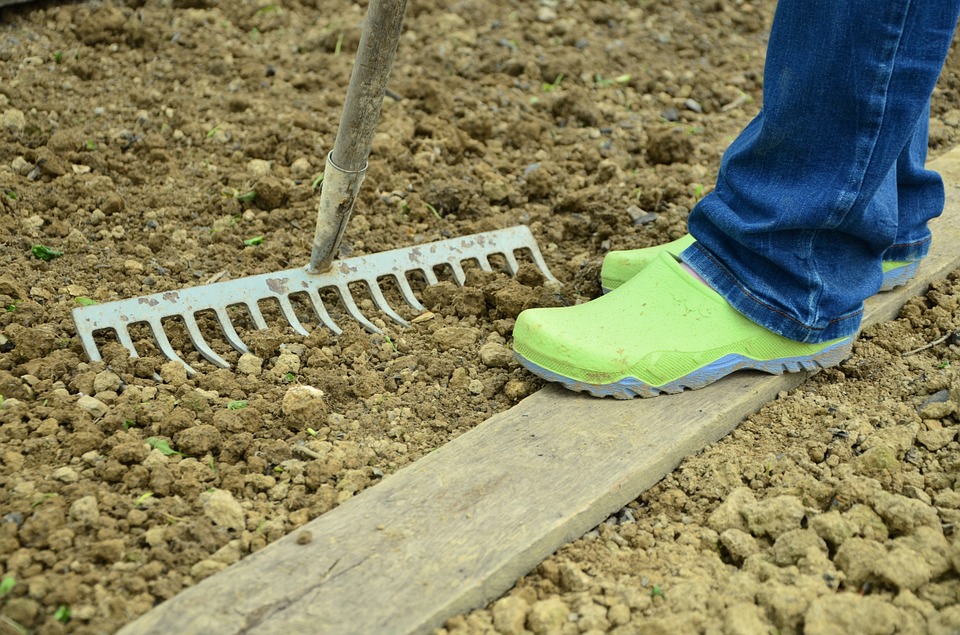By Liza Ayres, LFSC Intern, National Farmers Union
Farming inevitably presents produce safety risks, but increased knowledge and action can help farmers reduce liabilities and maintain successful operations. Previous blogs in this series explained the biological risks that can occur due to bacterial growth or other pathogens, but because food safety hazards can take a variety of forms, it is necessary to include chemical and physical risks in the conversation.
FSMA and the Produce Safety Rule primarily deal with pathogenic risks and do not specifically include chemical and physical risks, yet they are often part of third-party audits, such as the USDA Good Agricultural Practices and Good Handling Practices programs.
The most common chemical hazards in farm operations are pesticides, sanitizers, insecticides, cleaning solutions and fertilizers. Label directions should always be followed when using chemicals as misuse could present a food safety risk. To prevent chemical contamination of foods, farmers should store all chemicals away from food preparation surfaces. In addition, farmers should educate themselves about risks that may already be present on their farm. Soil and water are places that chemical hazards can hide. In urban areas, testing soil can reveal potential hazards, since land may have previously been used for industrial processing or as a dumpsite. Water should also be tested for possible chemical contamination, which could be caused by run-off, industrial discharge, or incomplete treatment process.
Physical hazards are foreign objects capable of harming consumers and often escape detection by mechanical harvesting equipment. Sources of physical contamination include metal, rubber bands, wood, glass, small animal parts, jewelry, nail polish, hairpins and other accessories. To mitigate risk, farmers should check equipment to make sure it is in working order, scan for slivers or burrs from wood or plastic from harvest containers, shield glass surfaces in case breakage occurs, and verify that there are no loose metal pieces on equipment that could break and cause harm. Farm workers should also establish hygiene agreements that detail how, by whom, and under what conditions produce is to be handled, taking care to include rules about dress and accessories.
On top of those critical steps, it is pertinent to keep records of audits, machinery information, and land use history. Documents such as equipment and facility cleaning schedules, pre-harvest checklists, food safety procedures followed on the farm, agreements of health and hygiene practices signed by employees after training and results of water tests can be useful and often essential while undergoing audits and if a lawsuit were to arise.
Even though FSMA does not include chemical and physical risks to produce safety, farmers should employ extensive procedures, such as those outlined above, to reduce some of the risks that may occur when handling produce.


